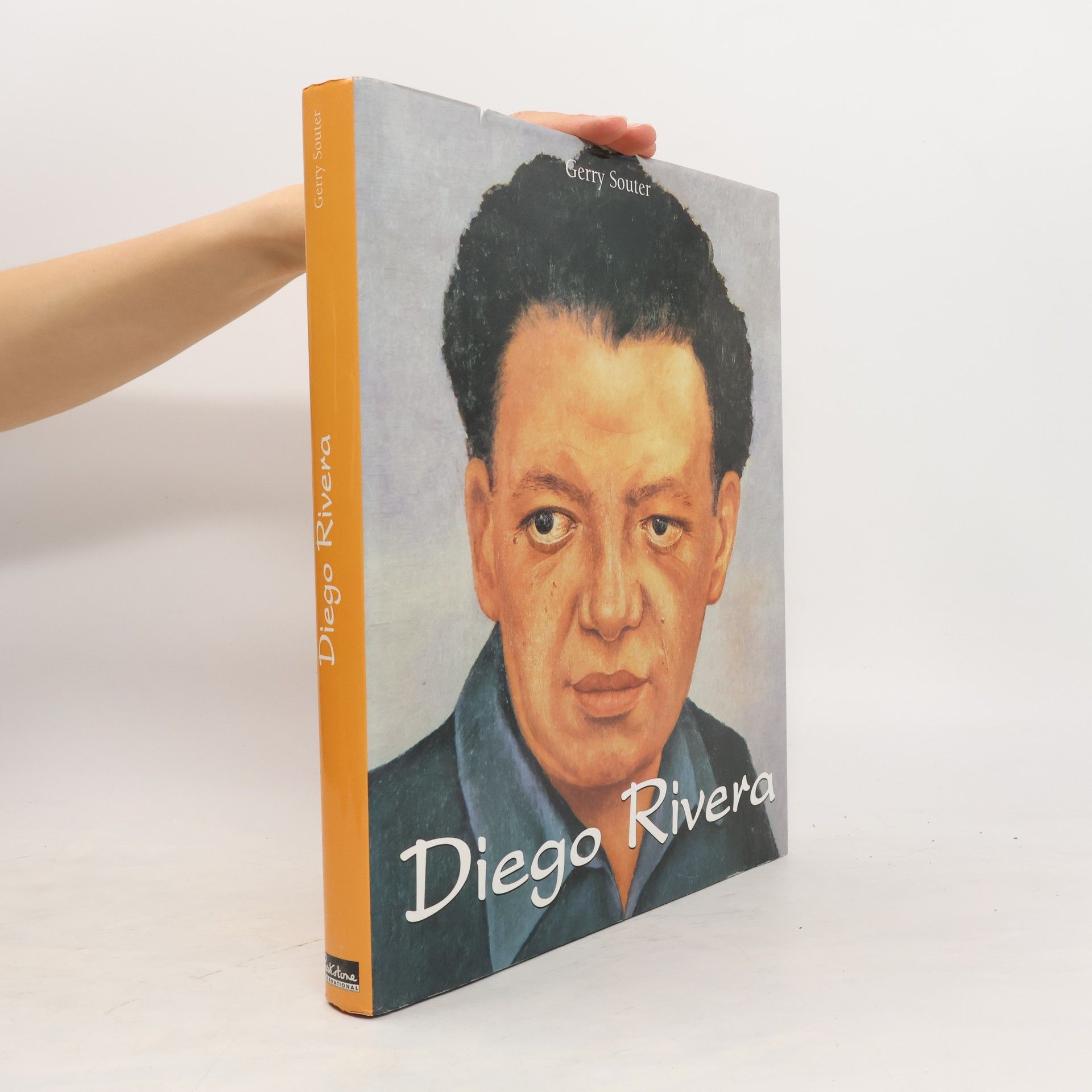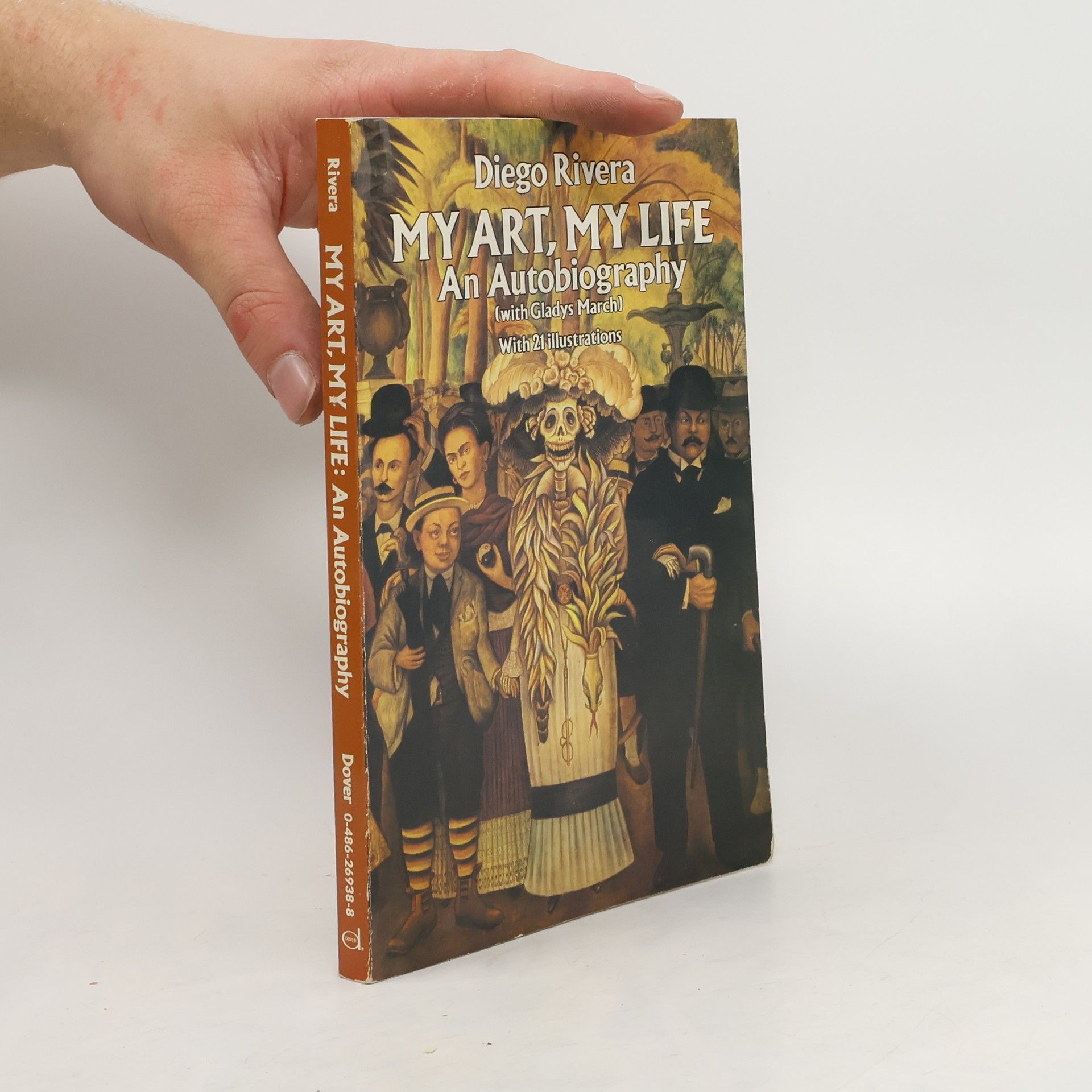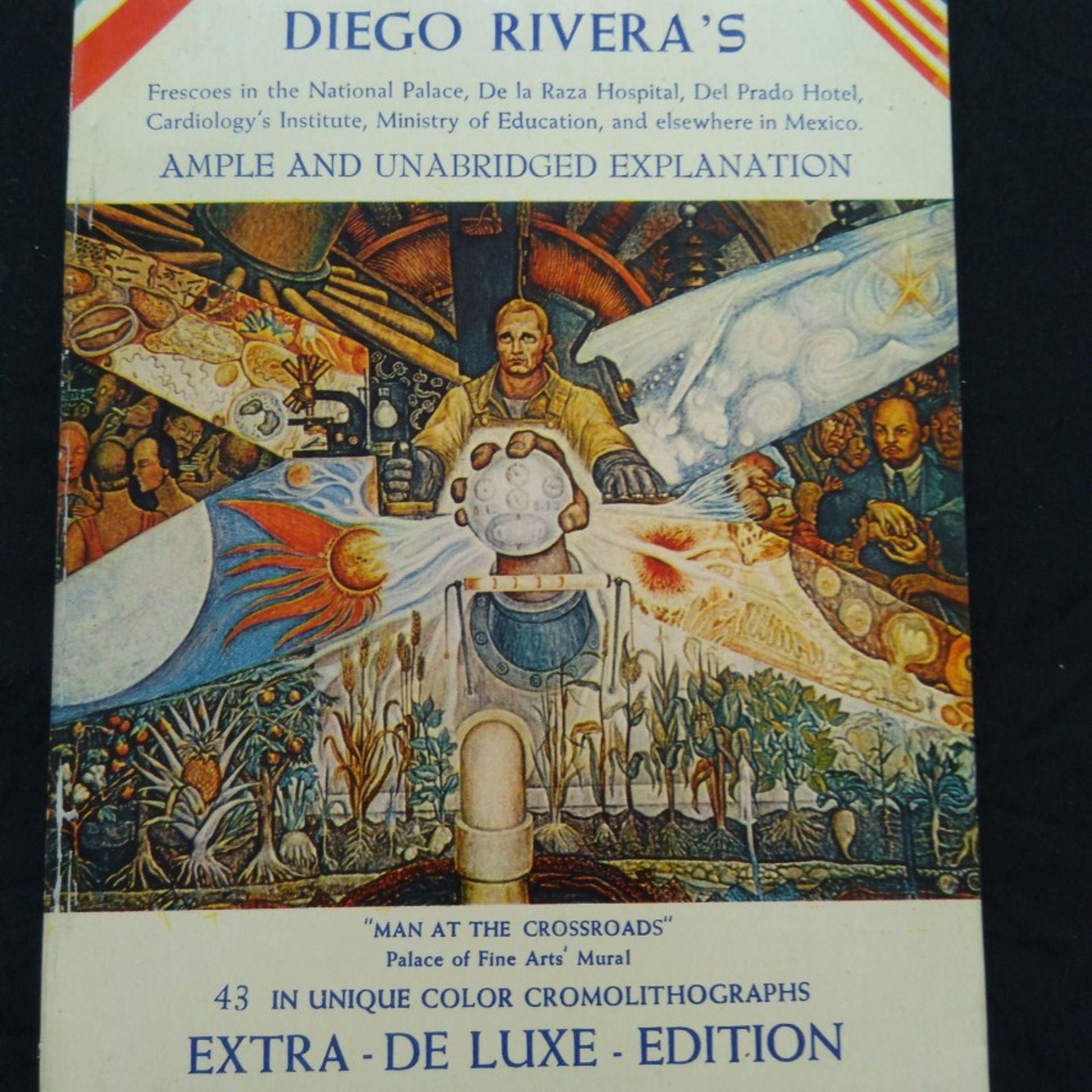Diego Rivera Reihenfolge der Bücher
- Barrientos, Diego María Rivera






- 2016
- 2008
Diego Rivera (1886–1957) gilt in Südamerika als Volksheld und als bedeutendster mexikanischer Künstler. Gemeinsam mit seiner Frau Frida Kahlo widmete er sein Leben der Kunst und dem Kommunismus. Nach einem Aufenthalt in Europa um 1910, wo er vom Kubismus beeinflusst wurde, kehrte er nach Mexiko zurück und begann mit seinen berühmten Wandgemälden. Diese Werke vermittelten der Arbeiterklasse soziale und politische Botschaften und machten ihn zu einem gefeierten Propheten unter ihnen. Rivera sorgte für Kontroversen, als er Lenin in einem Wandgemälde im Rockefeller Center in New York verewigte, das vor der Fertigstellung zerstört wurde. Sein bedeutendstes Werk ist Detroit Industry (1932), eine Sammlung von 27 Fresken im Detroit Institute of Art. Dieser Band bietet großformatige Ausschnitte der Wandgemälde, die eine detaillierte Betrachtung ermöglichen. Zudem enthält er eine umfangreiche Auswahl an Gemälden, alten Fotos, Dokumenten und Skizzen aus Privatsammlungen weltweit – viele davon bislang unbekannt und das Ergebnis intensiver Forschung. Die Texte umfassen eine illustrierte Biografie und Essays von Kunsthistorikern, die jedes Wandgemälde interpretieren und eine umfassende Studie zu Riveras Œuvre bieten – eine längst verdiente Retrospektive!
- 1997
Rivera
30 Postcards
- 1997
Diego Rivera : 1886-1957 : A Revolutionary Spirit in Modern Art
- 96 Seiten
- 4 Lesestunden
Diego Rivera - A revolutionary and troublemaker It was as a revolutionary and troublemaker that Picasso, Dalí and André Breton described the husband of Frida Kahlo, Diego Rivera, but he was also responsible for creating a public art that was both highly advanced and profoundly accessible. From 1910 Rivera lived in Europe where he absorbed the influence of Cubism. After the Mexican revolution, however, he returned to his homeland and harnessed the lessons of the European avant-garde to the needs of the Mexican people. His own murals, and those of the Mexican Muralists who followed his example, presented a utopian vision of a post-revolutionary Mexico. Rivera’s historical paintings expressed his interpretation of the revolution and its ideals, in a style that showed him returning to the pre-Columbian roots of Mexican culture, re-inventing a colourfully realistic visual idiom that could appeal directly to a largely illiterate people. This is the first study which, independently of the exhibition circuit, coherently presents the work of this extraordinary artist. About the Each book in TASCHEN’s Basic Art series
- 1992
My Art, My Life: An Autobiography
- 224 Seiten
- 8 Lesestunden
A richly revealing document offering many telling insights into the mind and heart of a giant of 20th-century art. "There is no lack of exciting material. A lover at nine, a cannibal at 18, by his own account, Rivera was prodigiously productive of art and controversy." — San Francisco Chronicle. 21 halftones.
- 1987

